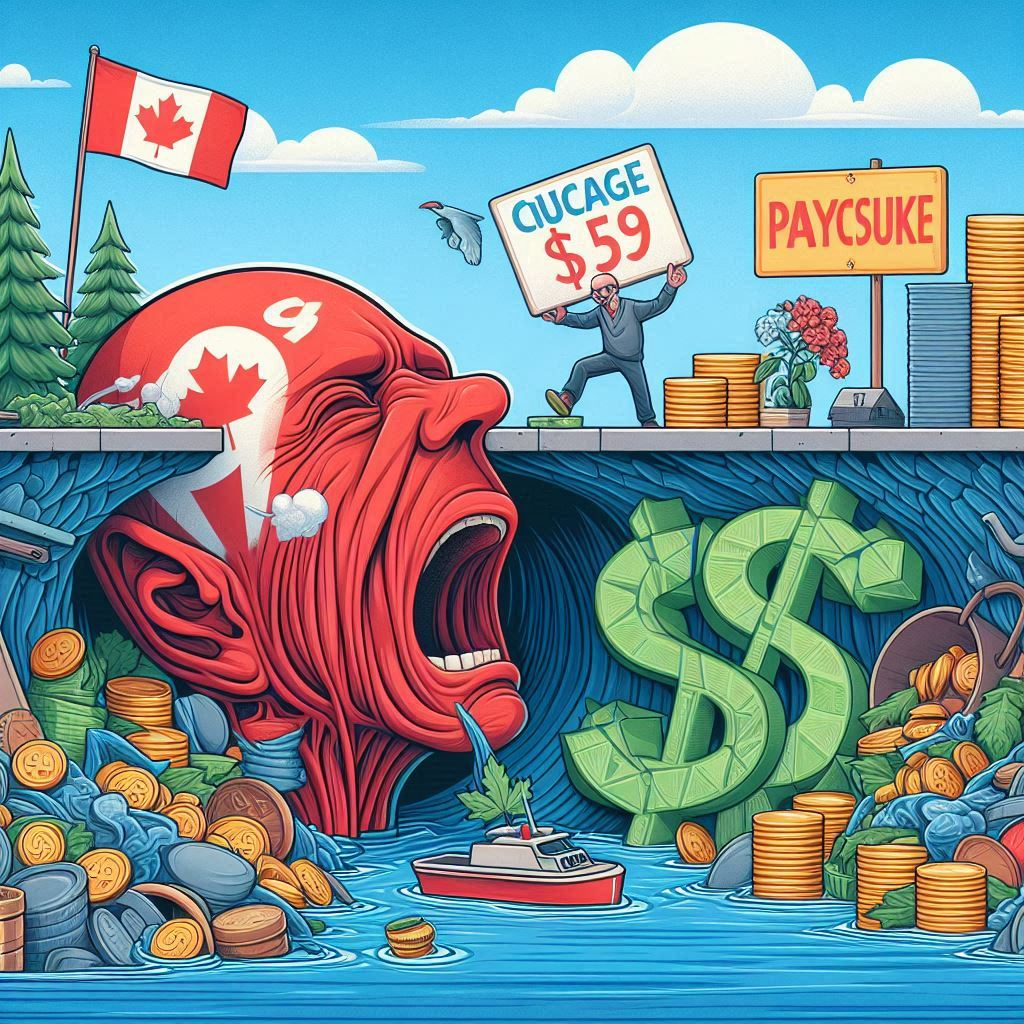Life In Canada: Understanding Canada’s Affordability Crisis
Sarah, a single mother in Toronto, used to manage on her income as a cashier. She could pay her rent, put food on the table for her two kids, and even save a little for the occasional treat. Lately, though, Sarah’s careful budgeting has turned into a nightly struggle. Her rent’s gone up, groceries seem to get pricier every week, and those little treats have become a distant memory. Sarah’s not alone – countless Canadians are feeling the painful squeeze of a relentless cost of living crisis.
What was once whispered in worried tones between neighbors is now a national conversation. The price of what we consider essential for a decent life – food, shelter, a bit of breathing room – is spiraling upwards at a rate most of us can’t keep up with. Let’s break down what this crisis means, why it’s happening, and the desperate search for solutions to help people like Sarah survive, and hopefully begin to thrive again.
Unpacking the Crisis: What’s Getting So Expensive?
-
Housing: The Biggest Bite For many Canadians, the single biggest chunk of their budget goes towards keeping a roof over their heads. Whether you own or rent, the story’s grim. Home prices have skyrocketed, even with recent market cooling, leaving dreams of ownership shattered for many. Renters aren’t spared either – finding affordable rental housing in many Canadian cities has become a brutal competition.
-
Groceries: Stretching the Food Dollar A trip to the grocery store fills us more with dread than anticipation these days. Food prices have been rising faster than the overall cost of living, and those increases hit hardest at the edges. Fresh produce, the healthy stuff, seems to become a luxury each month. We’re all becoming experts at switching brands, clipping coupons, and hunting for bargains, but sometimes it feels like there’s simply not enough money left to stretch.
-
The Hidden Costs It’s not just the big-ticket items straining our wallets. Gas prices fluctuate wildly, eating up any savings we thought we had. Childcare costs can eclipse a mortgage payment in some areas. And then there are those necessary evils – internet, phone bills – that feel extortionate when everything else is cutting into our budgets.
Why the Sudden Surge? It’s Complicated
Economists will point to various culprits, and they’re not wrong. There’s no single smoking gun behind this affordability crisis, but rather a perfect storm of problems:
-
Global Echoes: We can’t escape that Canada is part of the global economy. Pandemic-related supply chain disruptions, the war in Ukraine throwing energy markets into chaos – these create shockwaves we feel at our kitchen tables.
-
The Interest Rate Dilemma: With inflation soaring (that’s the general increase in prices), the Bank of Canada has been aggressively raising interest rates. The idea is to cool down spending and tame inflation. In theory, it makes sense, but in practice it also makes everything from mortgages to credit card debt much more expensive, further squeezing families.
-
The Housing Hangover: Canada has chronically underbuilt housing for decades. There just aren’t enough homes for the people who need them. Bidding wars drive prices up, rents follow, and the affordability gap widens alarmingly.
The Human Cost: More Than Numbers
Sarah from our opening story isn’t just a statistic. The cost of living crisis digs its claws into the lives of very real people:
- Spiraling into Debt: Credit card balances creep upwards as people attempt to bridge the gap between income and expenses.
- Food Insecurity: A Hidden Shame: Food bank usage has increased significantly, a stark reminder that even in a wealthy country like Canada, many go hungry.
- The Mental Toll: The relentless stress of financial insecurity weighs on mental health, leading to anxiety, depression, and strained relationships.


Jack -
Good luck to you Sara, life is hard on everyone these days. Especially financially.